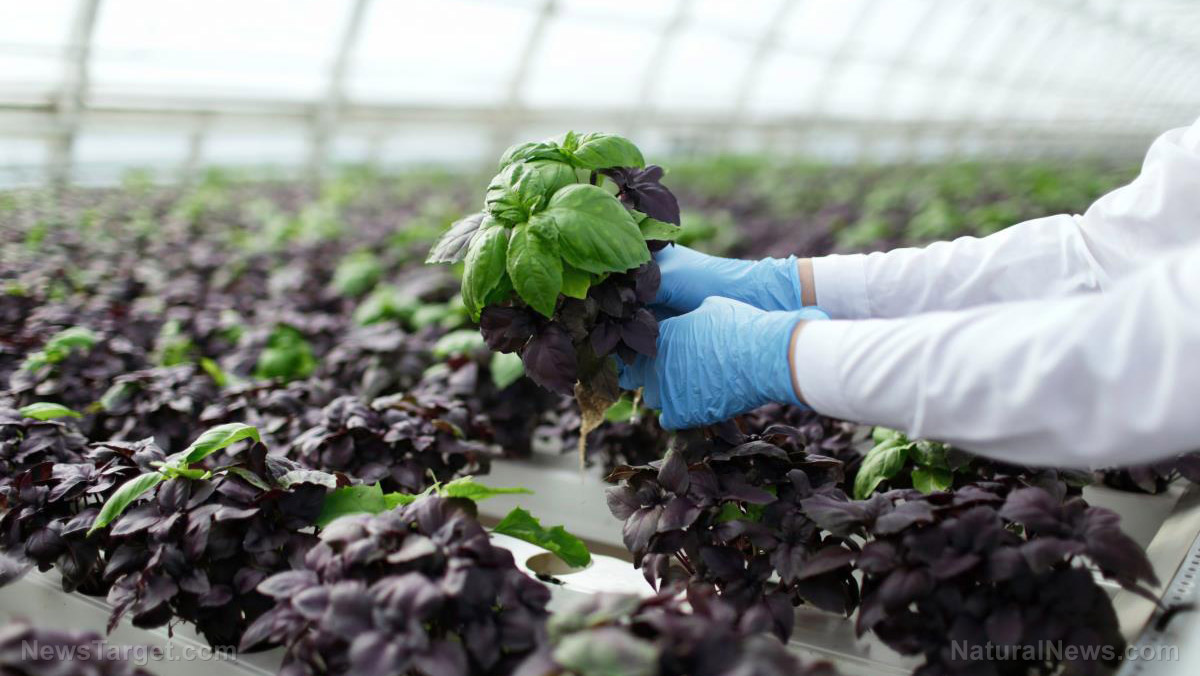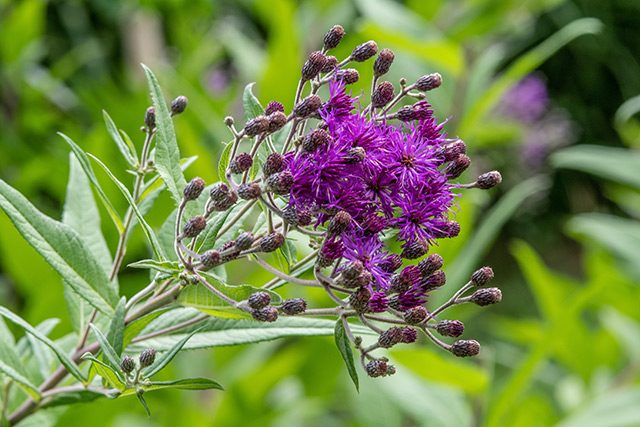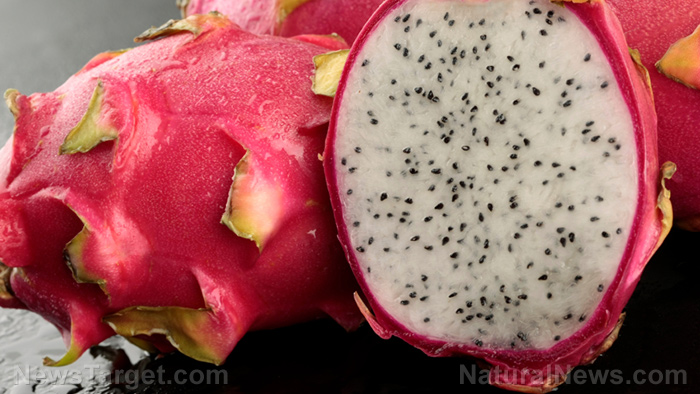
Saket Navlakha, assistant professor in Salk's Center for Integrative Biology and lead author of the study, said they were interested in finding the basic elements involved in a plant's growth, noting, “Our project was motivated by the question of whether, despite all the diversity we see in plant forms, there is some form or structure they all share.”
The study showed that plants follow the same set of rules when it comes to growing – they don't necessarily take into consideration differing conditions (for instance, cloudy versus sunny) – and the density function of plants' branches has a Gaussian or “bell-curve” distribution.
Navlakha said he and his team utilized high-precision 3D scanning technology to find out how much young plants grow over time and assess these growing capabilities in a way that could be measured mathematically.
The team started their experiment with three agriculturally valuable crops: sorghum, tobacco, and tomato. The seeds of these plants were exposed to different conditions – shade, ambient light, high light, high heat, and drought – as they were growing. Co-author and research assistant Adam Conn scanned each plant – 600 in all – every few days for a month to digitally document its growth. (Related: New study suggests plants can hear, may be able to detect the sounds of flowing water or munching insects.)
“We basically scanned the plants like you would scan a piece of paper. But in this case the technology is 3D and allows us to capture a complete form – the full architecture of how the plant grows and distributes branches in space,” Conn said.
Each plant's digital representation is known as a point cloud, which is a set of 3D coordinates in space that can be examined computationally. With the data it gathered, the team came up with a statistical description of theoretically possible plant shapes by analyzing the plant's branch density function, which determines the likelihood of finding a branch at any point in the space surrounding a plant.
Navlakha said they were able to discover that growing plants can be resilient to changes in their environment; meaning, the growing pattern of plants that were planted in the shade do not necessarily differ with the growing patterns of plants that were planted in the light.
Also, their research showed that immaterial of plant species or growth conditions, branch density data leaned towards a “Gaussian distribution that is truncated at the boundary of the plant”. The branch growth of the plants was the most dense at the plant's center and increasingly became less dense the farther it got out, which is suggestive of a bell-curve pattern.
Plants also have two other growth properties: separability, which signifies that growth in one direction is immaterial of growth in others, and self-similarity, which means that plants basically all have the same fundamental shape.
Charles Stevens, a professor in Salk's Molecular Neurobiology Laboratory said this study was able to show how plants grow the same was neurons do, noting, “The similarity between neural arbors and plant shoots is quite striking, and it seems like there must be an underlying reason. Probably, they both need to cover a territory as completely as possible but in a very sparse way so they don't interfere with each other.”
The research project was funded by the National Institutes of Health, the National Science Foundation, Howard Hughes Medical Institute, and a Salk Innovation grant. The team will try to determine next what the mechanisms are at a molecular level.
For more stories such as this one visit GreenLivingNews.com.
Sources include:
Please contact us for more information.























